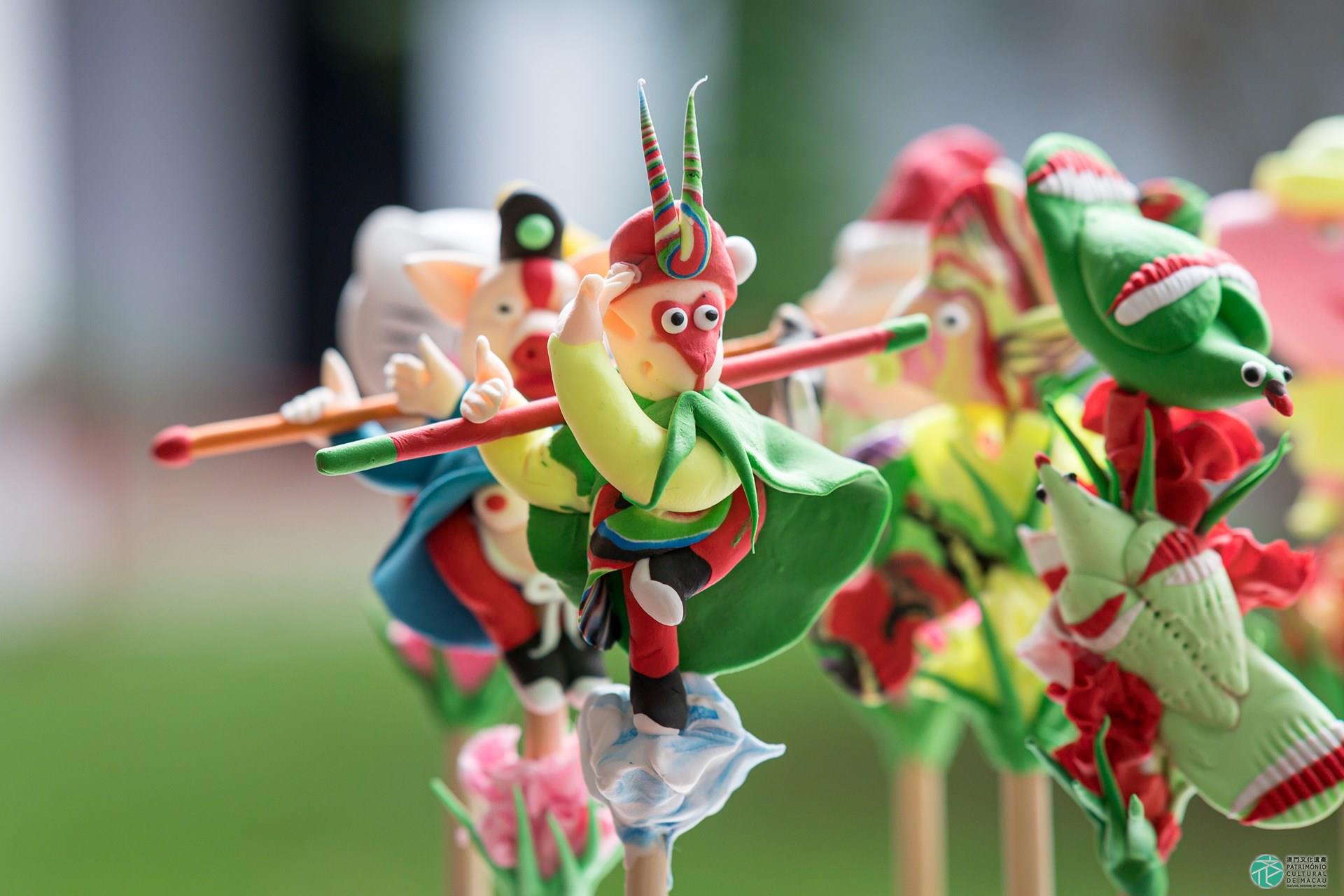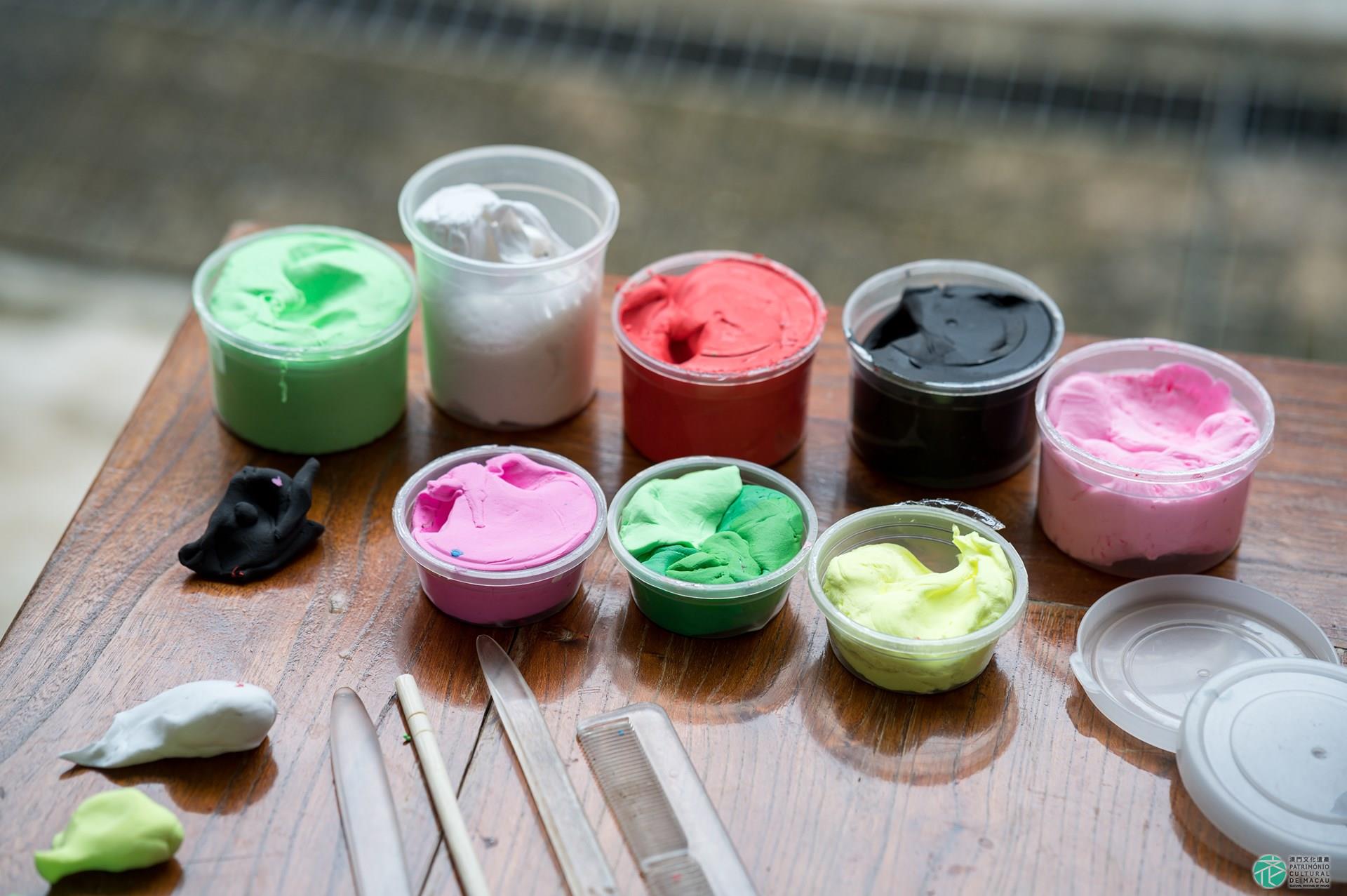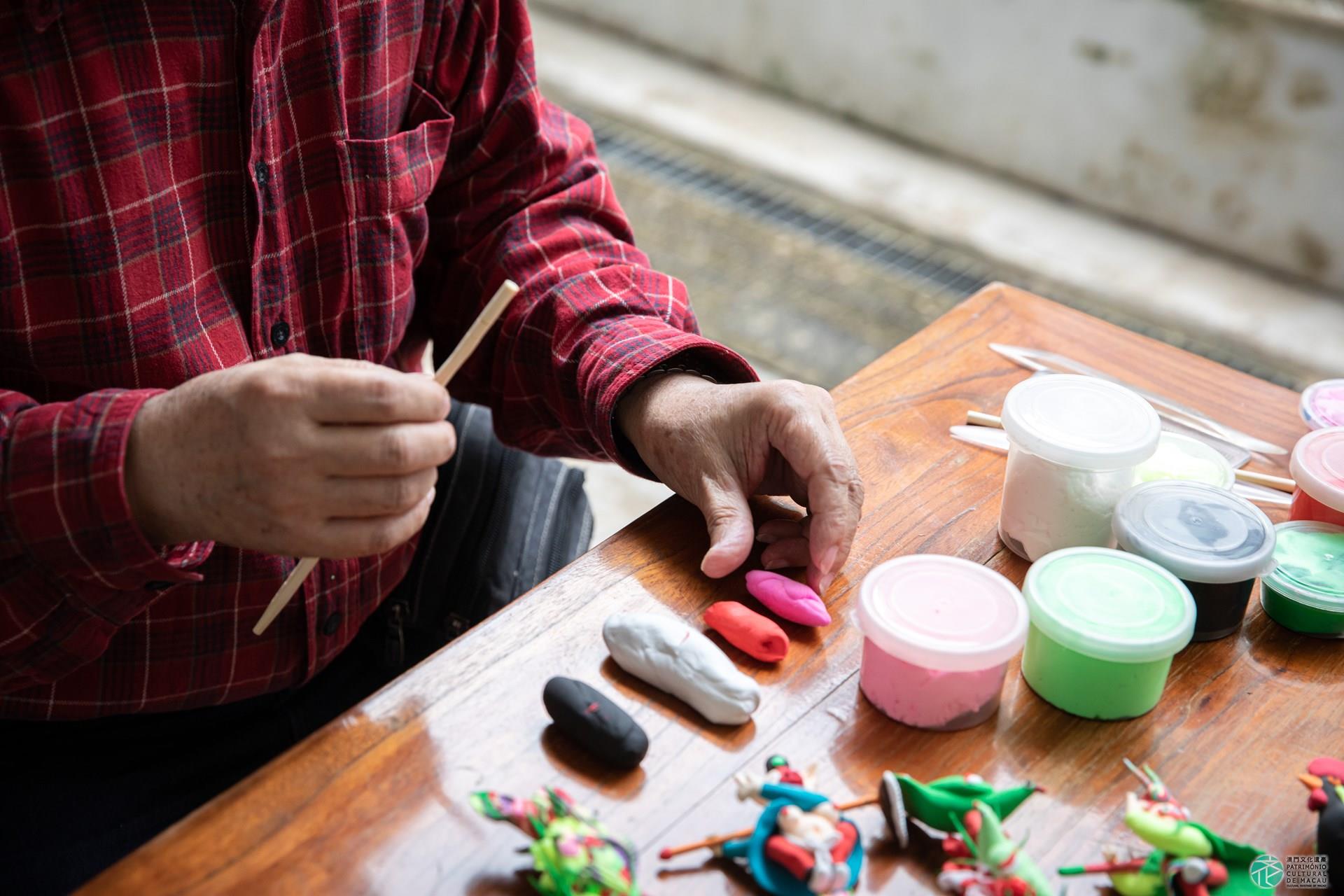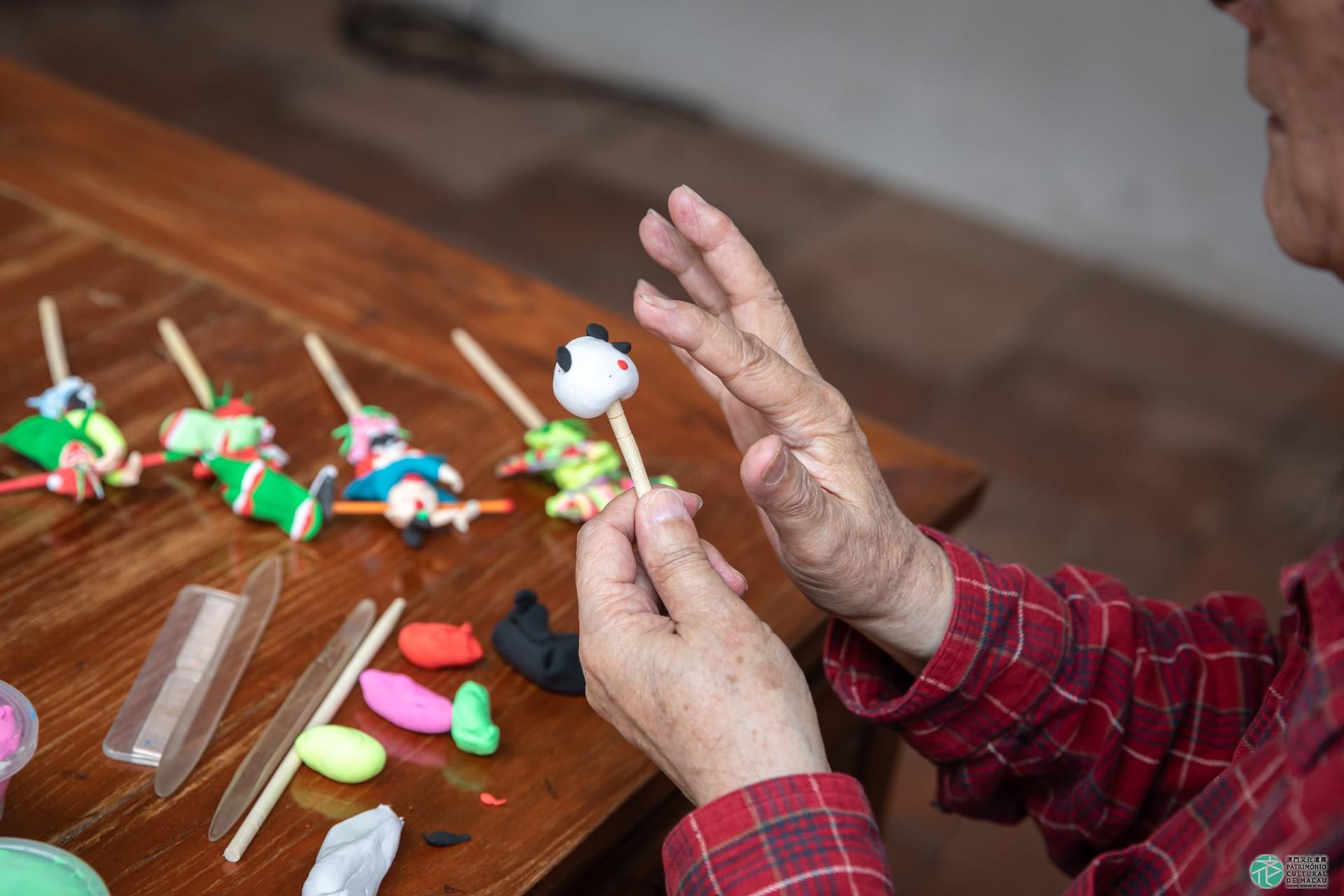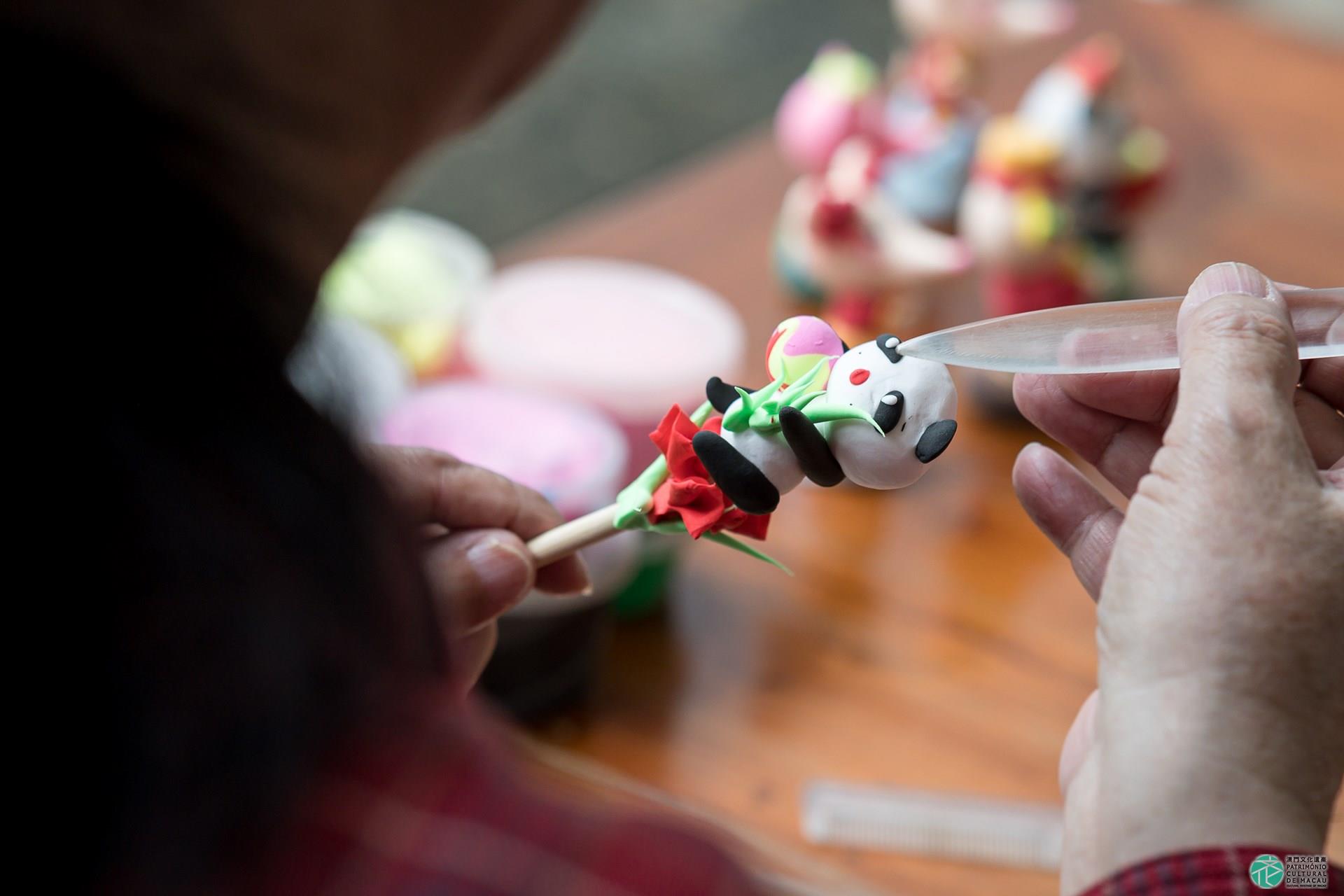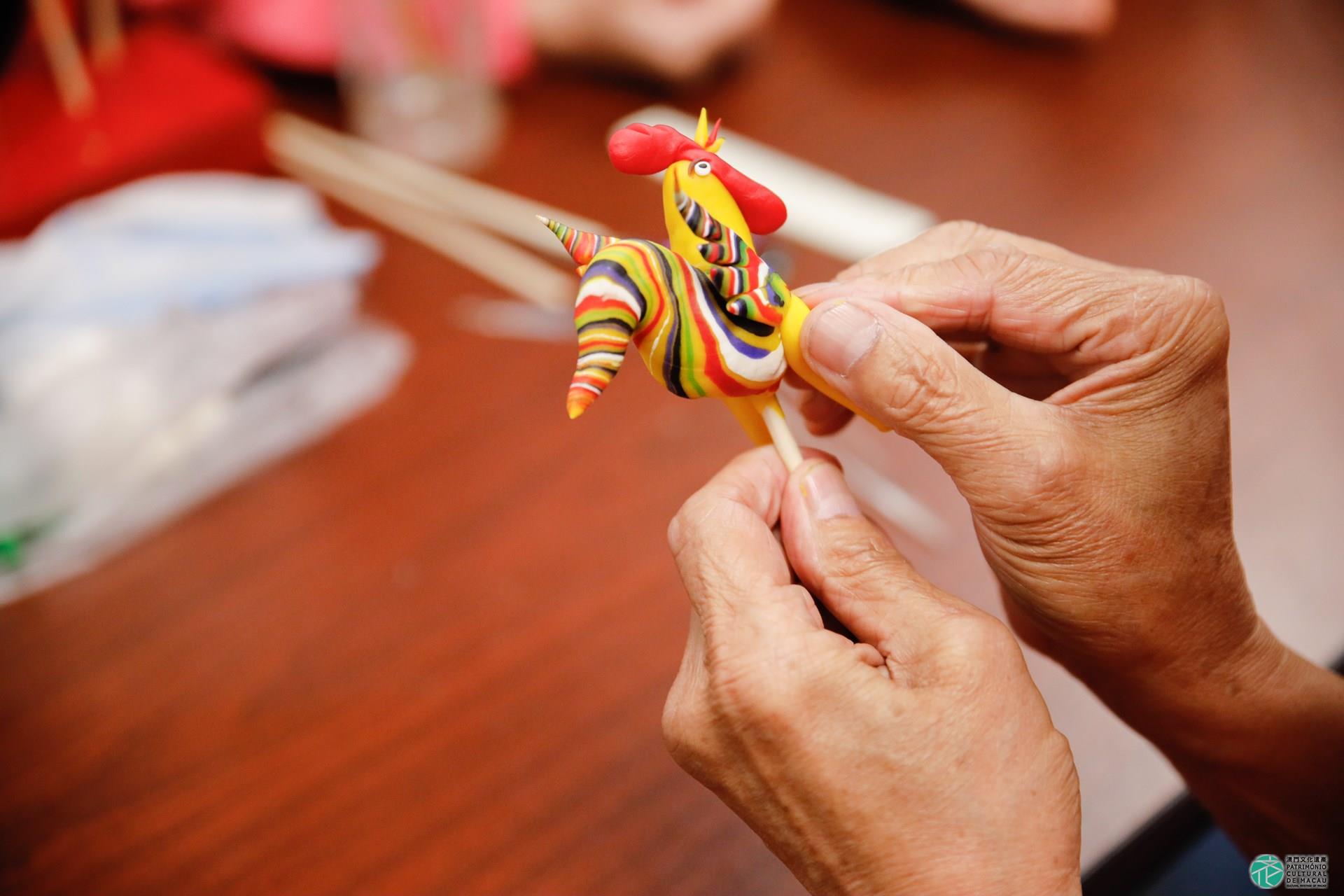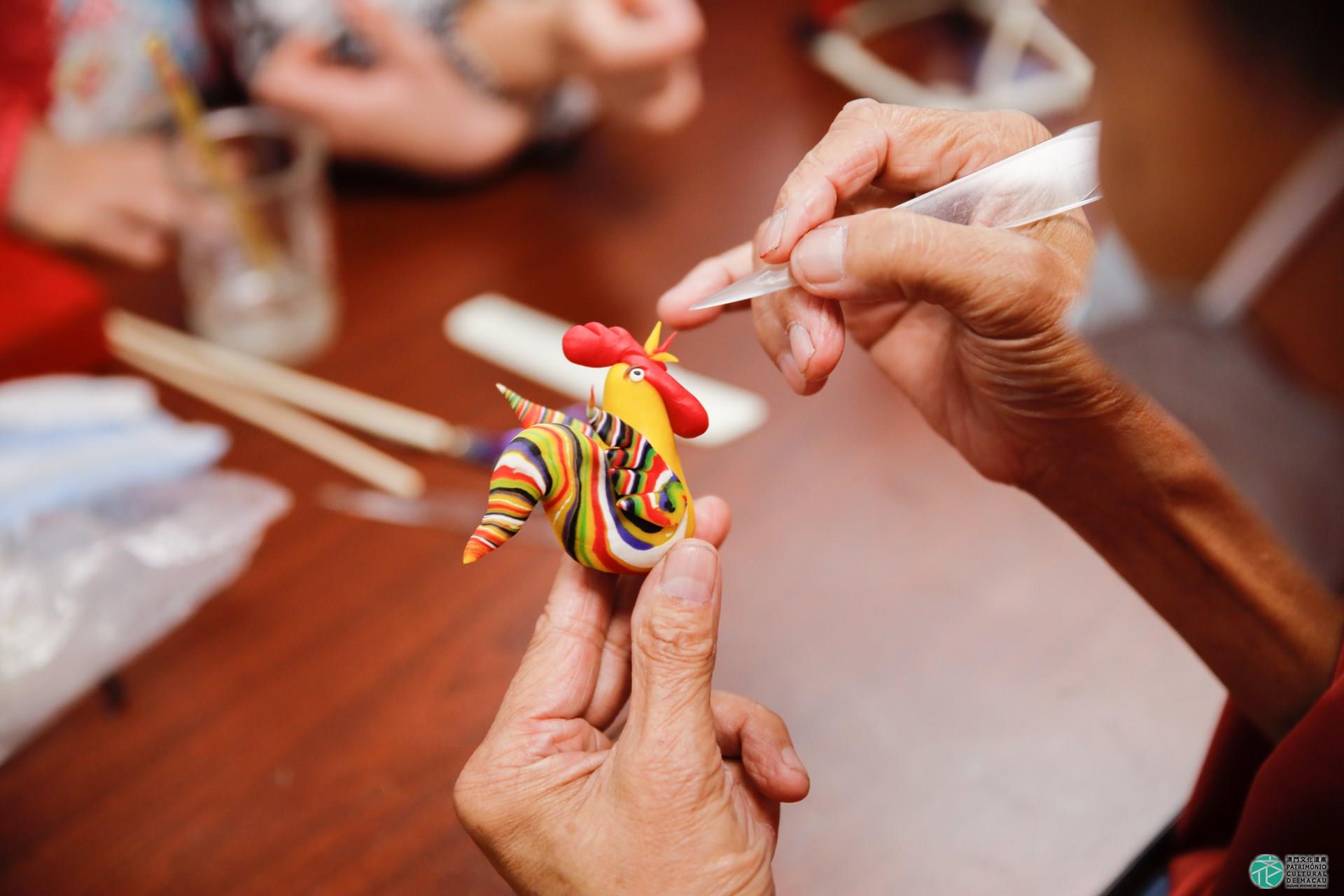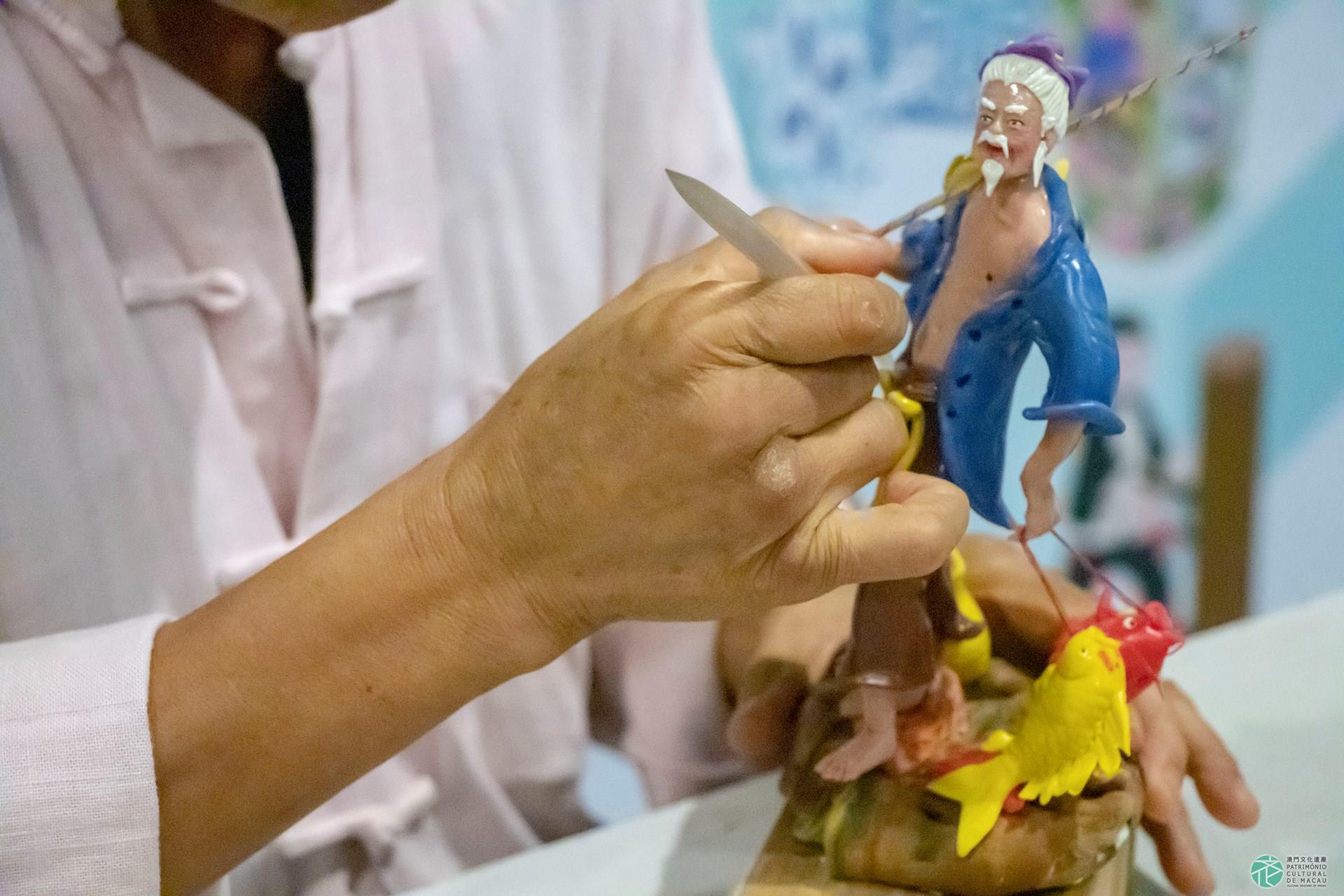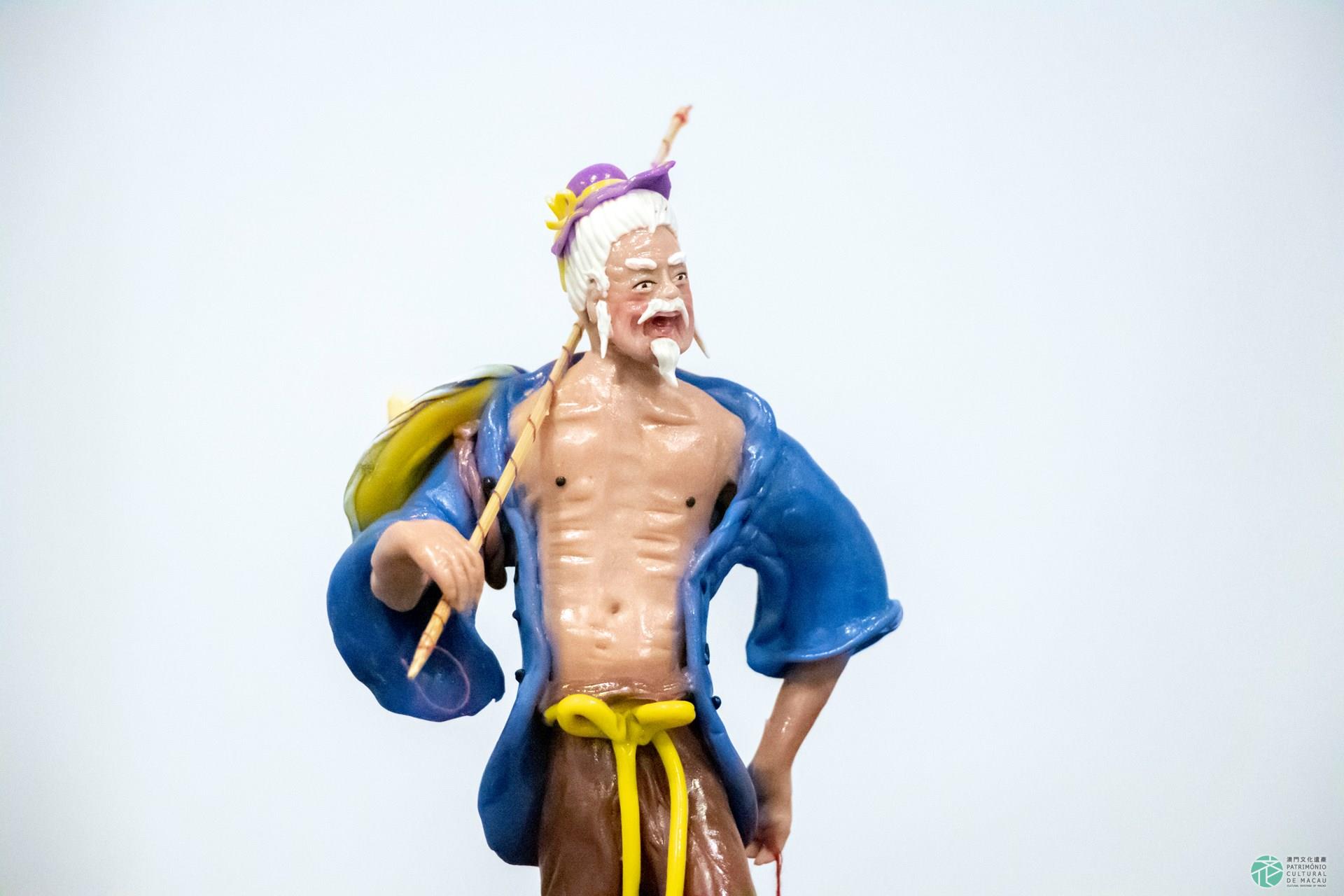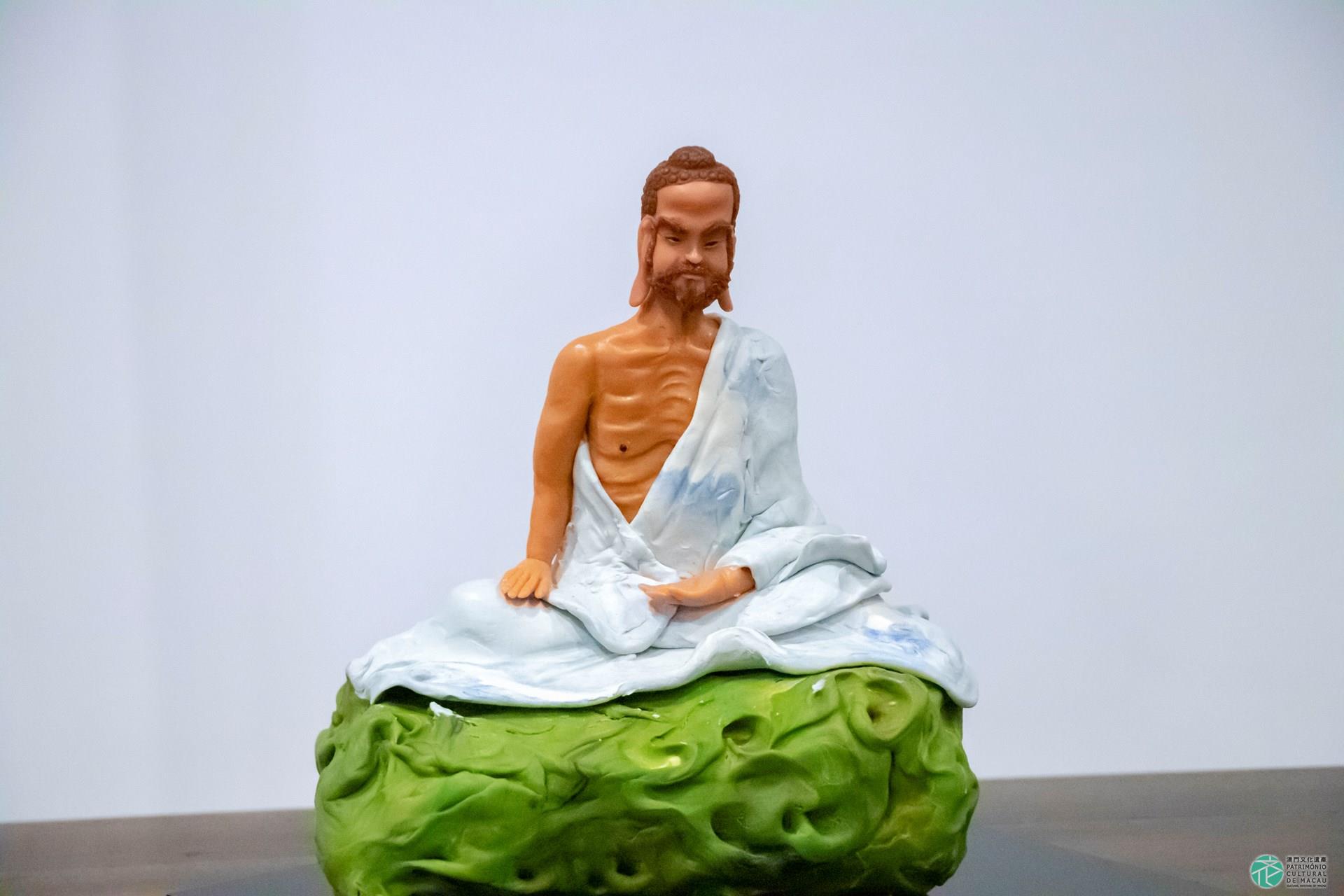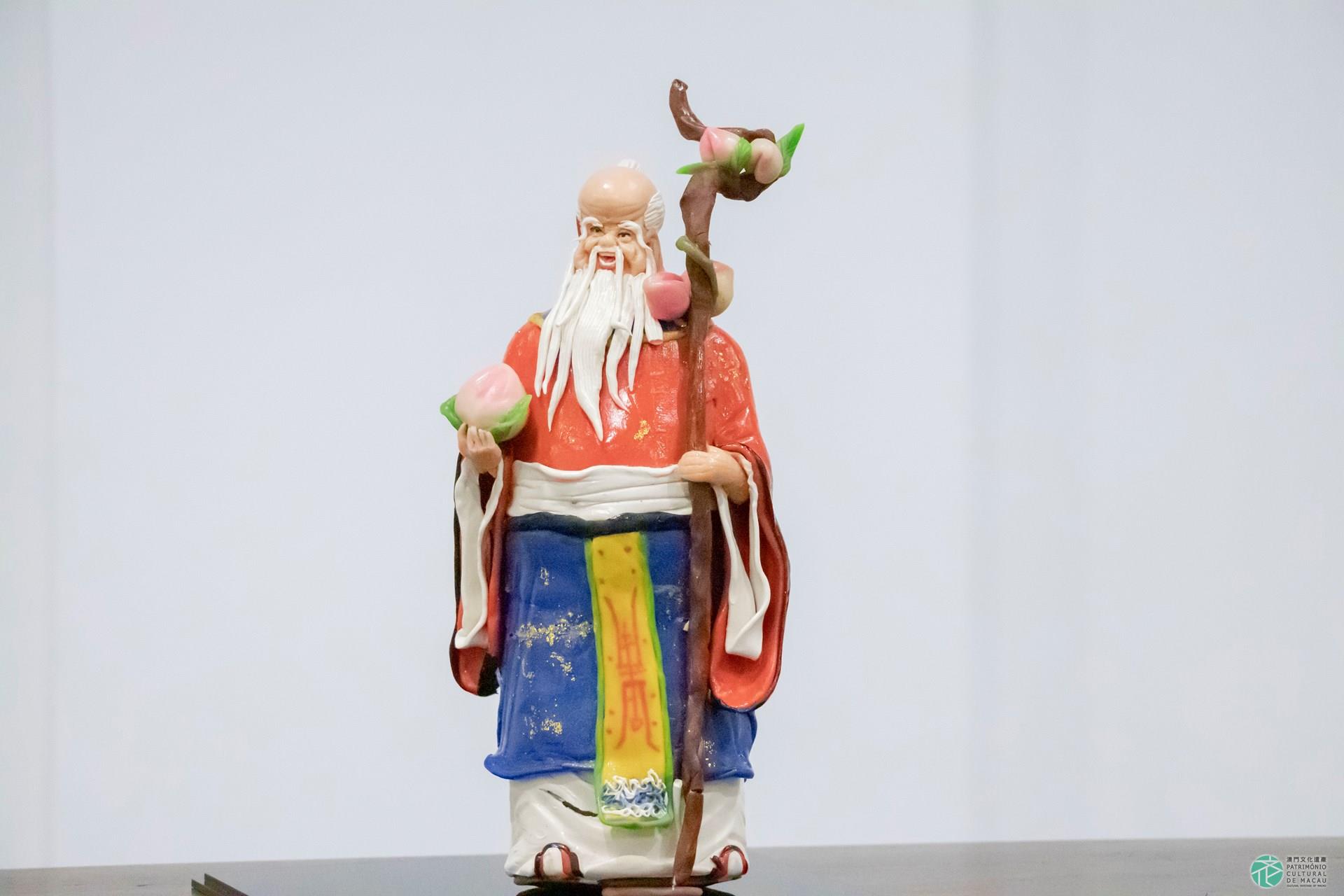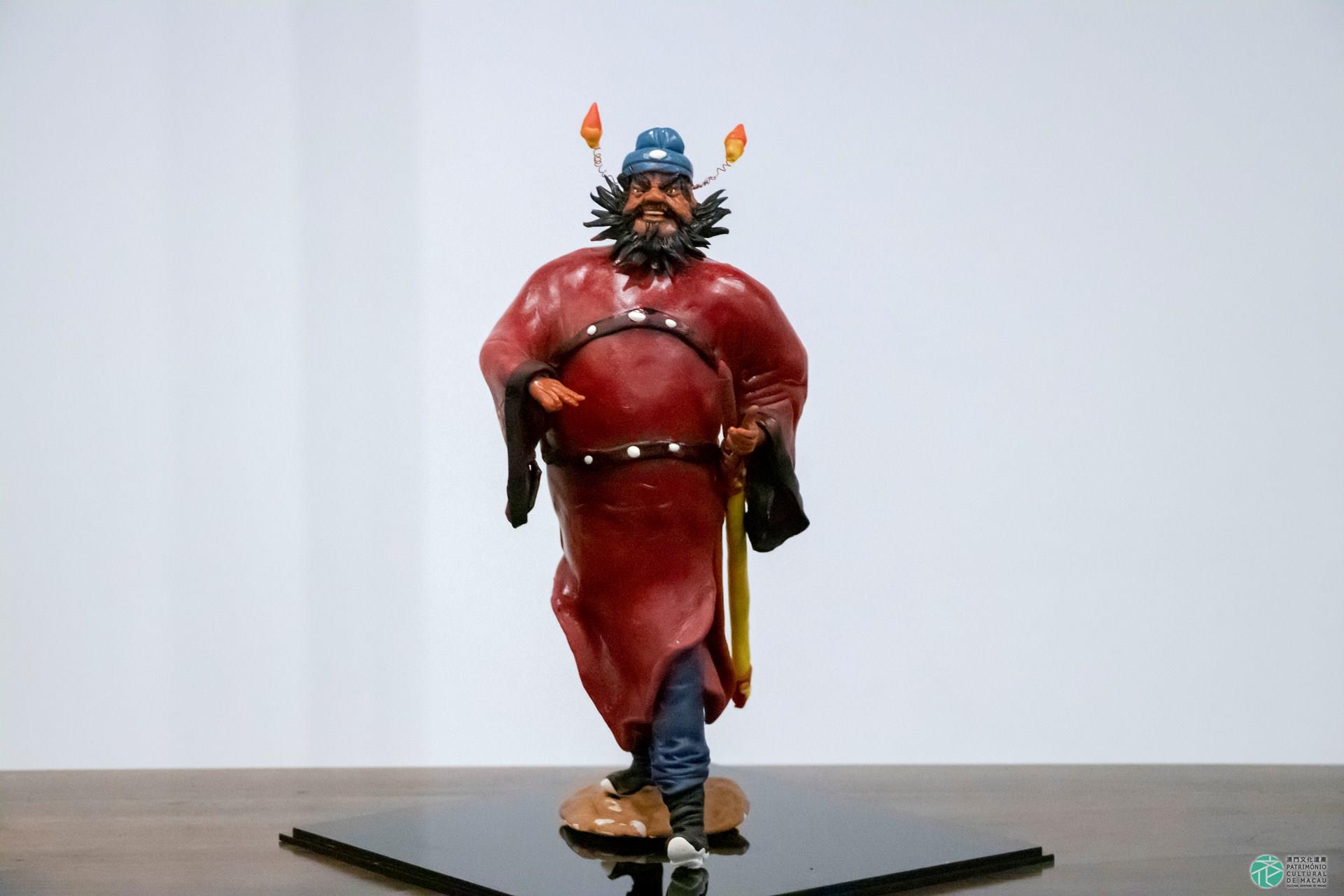Introduction:
Dough figurine sculpture is a traditional Chinese folk art that originated in the northern part of China. It makes use of flour dough as its main material. The dough is cooked in steam and then colored in a variety of tones and consolidated with techniques such as kneading, cutting and sticking, until it finally acquires the form of refined figures. This type of handicraft was originally connected with worship rituals and ceremonies to pray for good weather and favorable harvests, at that time, usually in the form of small bread dough “mantou” (commonly known in northern China as “patterned bun”). Later, similar skills were gradually adapted for the creation of dough figures, which became very popular, particularly among children.
Conservation Status:
In addition to being sold as street toys, dough figurine sculptures also embody the function of auspicious decorations often found on restaurant tables. However, with social progress, it has become increasingly difficult to continue the transmission of this craft. There are still some craftsmen left in Macao that are capable of producing this craft and their works are promoted through art exhibitions, mostly inspired by local cultural elements, with themes dedicated to the Day of Buddha, the drunken dragon dance, deities and ghosts.
Heritage Value:
Dough figurine sculptures vary in style and suit both refined and popular tastes, appealing to a wide public. The craft is the result of continuous transmission of knowledge that was developed by many generations of artisans. This craft is also an important testimony about the resilience and capacity for adaptation of traditional Chinese handicraft culture in Macao. Dough figurine sculpture makes use of everyday common materials, making this craft close to people’s daily lives. This craft also has significant value for the study of local Macao handicrafts.
